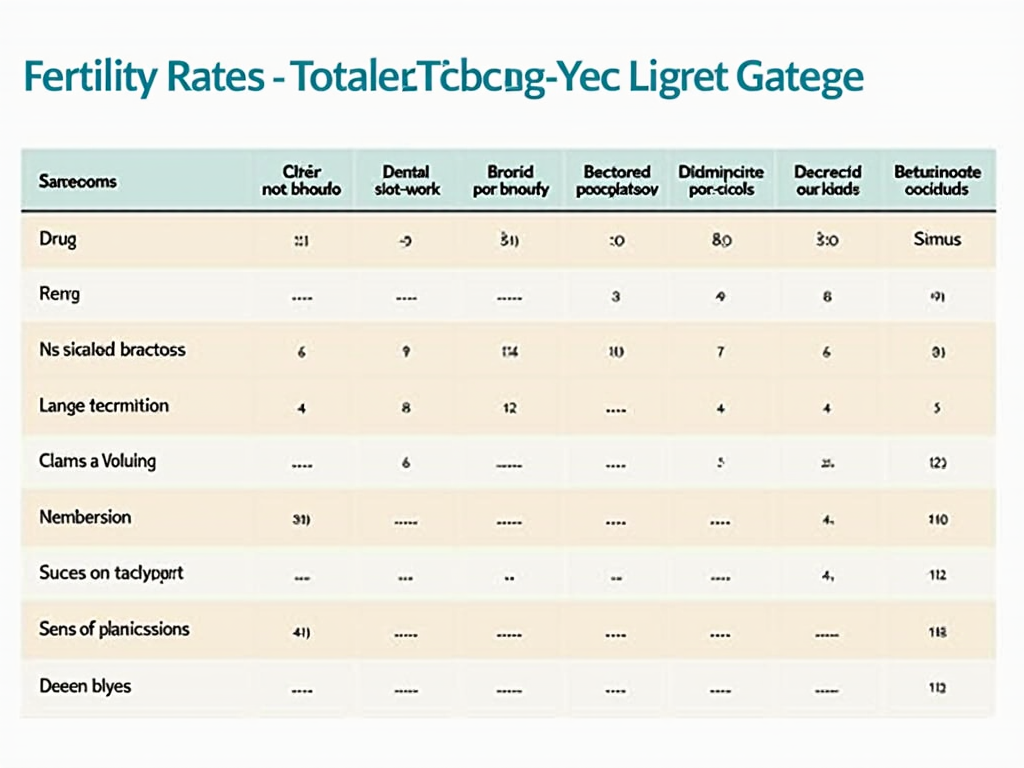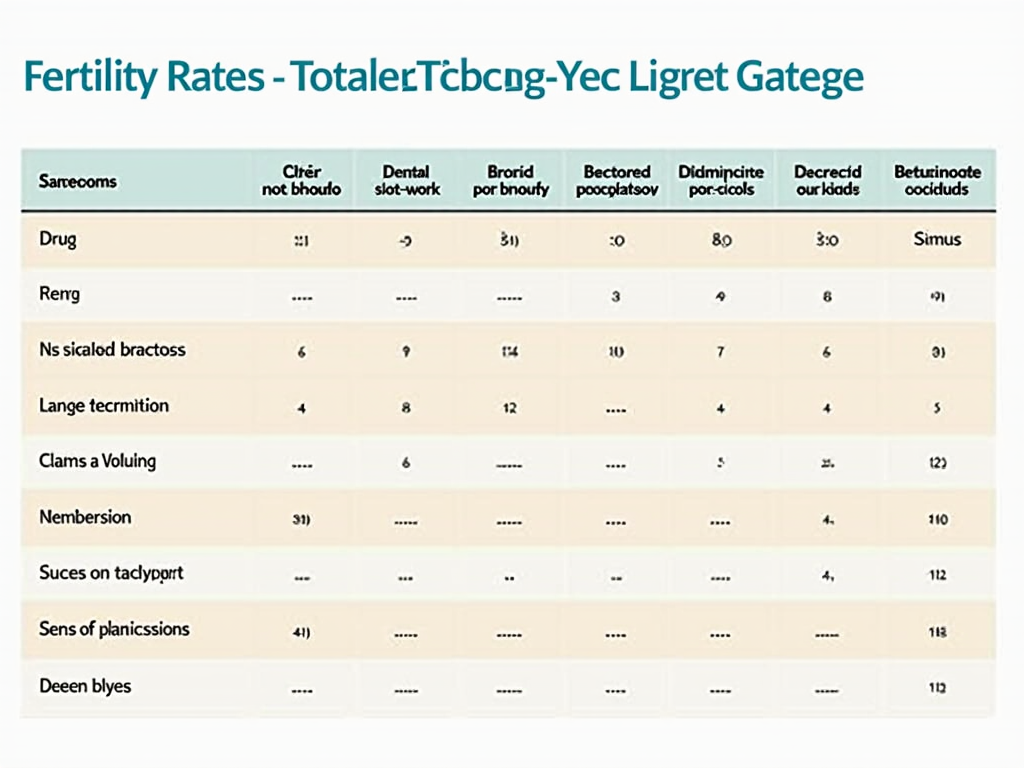Success Rates of Fertility Drugs: What You Need to Know
April 18, 2025, 5:25 p.m.
Fertility drugs are a common treatment for infertility, but their success rates can vary. This article explores the effectiveness of these medications, factors that influence their success, and what to expect during treatment. Whether you're just starting your fertility journey or looking for more information, this guide provides valuable insights to help you make informed decisions.
What Are Fertility Drugs?
Fertility drugs are medications designed to help people conceive by addressing various fertility issues. They work by stimulating ovulation, regulating hormones, or improving sperm production. These drugs are often the first step for couples struggling with infertility, offering a simpler option compared to procedures like in vitro fertilization (IVF). Millions of people turn to fertility drugs each year, hoping to start or grow their families.

Types of Fertility Drugs and Their Success Rates
There are several types of fertility drugs, each with its own way of helping and different success rates. Here’s a look at the most common ones:
-
Clomiphene Citrate (Clomid): This pill tricks the brain into releasing more hormones to help the ovaries release eggs. It’s popular for women who don’t ovulate regularly. About 30% of women get pregnant per cycle with Clomid.
-
Letrozole (Femara): This was first made for breast cancer, but it also helps trigger ovulation by lowering estrogen levels. Its success rate is around 30% per cycle, similar to Clomid.
-
Gonadotropins: These are shots that tell the ovaries to make eggs directly. They’re used when pills don’t work or for tougher cases. Success rates can reach up to 40% per cycle, though they increase the chance of twins or more.
-
Metformin: This is a diabetes drug that can help women with polycystic ovary syndrome (PCOS) by balancing insulin and improving ovulation. It works best when paired with other fertility drugs, boosting their success.
Success rates of fertility drugs are usually based on how many women get pregnant after a few cycles. But your results might differ depending on your situation.
Success Rates at a Glance
| Fertility Drug | Success Rate per Cycle |
|---|---|
| Clomid | 30% |
| Letrozole | 30% |
| Gonadotropins | 40% |
| Metformin | Varies (often combined) |

Factors Affecting Success Rates
The success rates of fertility drugs aren’t the same for everyone. Here are some things that can make a difference:
-
Age: Younger women, especially under 35, tend to have better luck with these drugs. After 40, success drops because egg quality and quantity decrease. For example, a study from the Journal of Fertility and Sterility found success rates drop by 5% each year after 35.
-
Weight: Being too heavy or too thin can mess with hormones and ovulation. A healthy weight can improve your odds.
-
Lifestyle: Smoking, drinking too much, or being super stressed can lower your chances. Living healthier can help the drugs work better.
-
Reason for Infertility: If the problem is with ovulation, fertility drugs often work well. But if it’s something like blocked tubes, they might not help as much.
-
How Long You’ve Been Trying: Couples who haven’t been trying for too long often see better results than those who’ve been at it for years.
Knowing these factors can help you figure out what to expect and talk to your doctor about the best plan.

What to Expect During Treatment
Starting fertility drugs can feel like a big step. Here’s what usually happens:
-
Doctor Visit: You’ll talk about your history, get some tests, and pick a treatment. Ask anything you’re wondering about here.
-
Check-Ups: You’ll have ultrasounds and blood tests to see how your body’s responding. This keeps things on track.
-
Side Effects: You might feel bloated, moody, or have hot flashes. Serious issues are rare but can happen with some drugs.
-
Timing: Your doctor will tell you the best days to try for a baby or might suggest a procedure like insemination.
-
Support: It can get emotional. Talking to friends, family, or a support group can make it easier.
Everyone’s experience is different, so keep in touch with your doctor and stay in the loop.

Real Stories and Perspectives
Let’s look at some real-life examples. Sarah and John tried for two years before fertility drugs. Sarah had PCOS and started with Clomid. After three cycles with no luck, they switched to Letrozole. On the second try, she got pregnant. She says, “It was tough, but we kept going and it paid off.”
Then there’s Emily and Mark, who dealt with male infertility. Mark took meds to boost his sperm, and six months later, they conceived naturally. Emily shares, “We weren’t sure it’d work, but it changed everything.”
These stories show that fertility drugs can work, but it’s not always quick or easy. Staying hopeful and patient can make a big difference.
Tips to Boost Your Chances
Fertility drugs are a big help, but you can do more to improve your odds:
-
Live Healthy: Eat well, move your body, and skip smoking or heavy drinking.
-
Ease Stress: Try yoga or deep breathing to keep calm—stress can hurt fertility.
-
Stick to the Plan: Take your meds right and don’t miss appointments.
-
Ask About Extras: Some try acupuncture or supplements, but check with your doctor first.
-
Learn Up: Know your condition and options to feel more in control.
Taking charge of these things can give the drugs a better shot at working.

Wrapping Up
Fertility drugs give many couples a chance to overcome infertility, but success depends on things like age, health, and the cause of the problem. This article covered the main types of fertility drugs, their success rates, and what the treatment process feels like. With the right info and support, you can take steps toward building your family. Talk to your doctor, lean on loved ones, and keep learning to make the journey smoother.